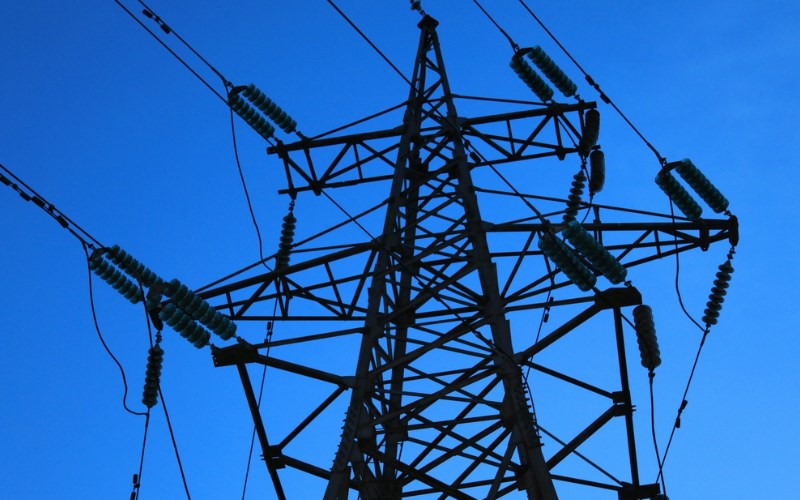When Moore County, North Carolina, suddenly went dark last earlier this month, the shooting attack against the two substations highlighted the vulnerability of the nation's power grid. Col. Brian "Patton" Searcy (USAF-Ret.) applauds the power company involved with restoring power.

"[Duke Energy] had the resilience and the necessary backup capability to prevent a disaster in the region," says the retired Air Force officer and situational expert. But he warns America as a whole – with approximately 55,000 electrical substations – is vulnerable to these types of attacks and more. At risk, he says, are hardened structures as well as the technology and equipment used to manage them.
The most frightening part of the North Carolina incident, says Searcy, is that "people sitting at home just aren't prepared to be without electricity." Nefarious actors, he explains, are constantly looking for opportunities to disrupt the nation's electric grid. "China and Russia have those capabilities," he adds. And he doesn't rule out the threat of terrorism.
"The electric grid is the most critical of our critical infrastructures. We have 16 critical infrastructures. … All 16 depend on the electric grid. So, it is the Achilles' heel."Michael Mabee, energy expert |
Any large-scale attack would have the potential to cause "all of society to break down," he points out. "It would only take a short time for America to break down and for total anarchy to come around" – and that, he contends, is "something that people aren't prepared for."
"While there are a lot of people who would do their best to keep communities safe, it's not something that will magically take care of itself," he explains. "The biggest burden would fall on you and your family."
"People in their homes and communities have to understand this is a real threat," Searcy emphasizes. While the country has been "fortunate" that a catastrophic event has not occurred, he admits the chance of it happening "is real every single day."
For that reason, he advises people keep stockpiles of food and water, consider a back-up generator to power essentials, maintain grilling and cooking capability, and more. For example, he suggests keeping a quantity of cash in a safe because banks would not be operation; and storing fuel for vehicles because it would be unavailable at the gas pump. Sanitation is another "huge issue" to consider, he adds.
"The bottom line," Searcy says, "is that each family needs to figure out what they need and how to go about preparing for a period without electricity." He doesn't consider it a "checklist," but more like "a well-thought-out plan that can be executed when necessary."
Searcy also places some of the burden on local, state, and federal government entities. He suggests tighter security, strengthening the grid itself, and bolstering protection from cyber-attacks.
Brian Searcy is author of "Prepare for the Real World: The World is Not a Safe Place" (March 2022)







